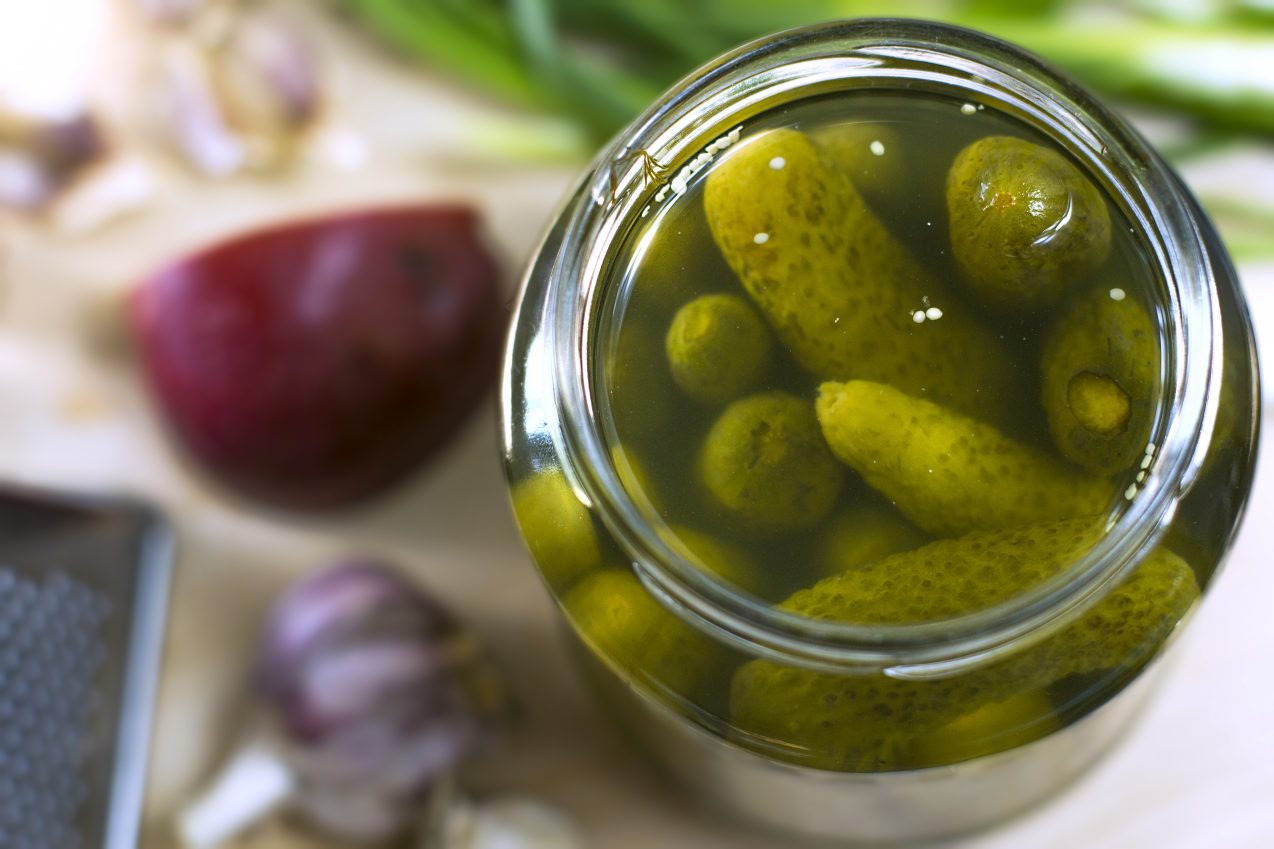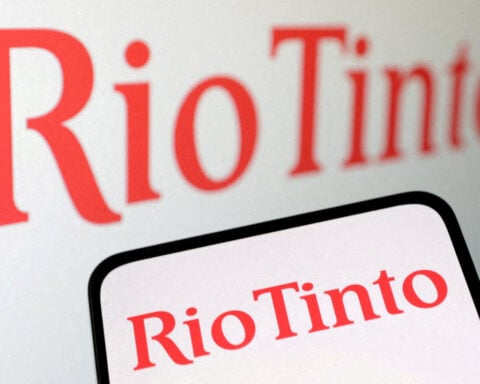If you've ever grabbed a jar of Vlasic, Claussen, or Mt. Olive pickles from your fridge, you may have noticed something peculiar – the word "pickle" is missing from the label. This intriguing omission has sparked a wave of curiosity and speculation among consumers. In this article, we'll dive deep into the mystery of the missing pickle labels and explore the theories behind this phenomenon.
The TikTok Revelation
The absence of the word "pickle" on these popular pickle brands' labels was first brought to light by TikTok user Jesse Banwell. In a now-viral video, Banwell pondered the reason behind this strange occurrence and theorized that there must be a legal explanation. This revelation led to a significant discussion on TikTok, with users sharing their own theories and observations.
The Label Language
Upon closer inspection, it becomes evident that Vlasic, Claussen, and Mt. Olive use alternative terms to describe their pickles on the labels. Instead of "pickle," descriptors like "dills," "spears," or "chips." are used. Pickles are described as "wholes" or "halves" to describe their size and form. This digression from actually using the word “pickle” has left consumers puzzled.
Exceptions to the Rule
While most of Vlasic's pickle varieties do not feature the word "pickle" on the label, the company does produce a line of products called "Purely Pickles," which proudly displays the term. Similarly, Mt. Olive offers a line referred to as "Simply Pickles," which also includes the word "pickle" on the label. However, these exceptions are scarce, leading us to question the overall reasoning behind the missing pickle labels.
The Explanation from Pickle Brands
When confronted about the absence of the word "pickle" on their labels, Vlasic, Claussen, and Mt. Olive provided similar explanations. They argue that the use of clear glass jars eliminates the need for explicitly stating "pickle" on the front label. According to them, pickle lovers recognize their brand's jar and associate it with high-quality pickles. The limited label space is utilized to highlight the form and flavor of the pickles inside, enabling consumers to easily find their favorite variety
The Counterarguments
While the explanation from the pickle brands seems reasonable, some consumers and industry experts find it unsatisfactory. They argue that other products packaged in see-through containers, such as hamburger buns, still prominently display the product name on the front label. The absence of "pickle" on the front of the jar raises questions about the true motivation behind this labeling choice.
Online Theories and Speculations
The TikTok revelation has spurred various online theories attempting to explain the missing pickle labels. One theory suggests that the term "pickle" refers to the preservation process rather than the actual product, which should be called a "pickled cucumber." However, this explanation falls short when other pickle brands, such as Boar's Head, Grillo's, and McClure's, consistently use the term "pickle" on their labels.
Another theory suggests that the pickles produced by these brands may not meet the legal definition of a pickle or may undergo a non-traditional pickling process. To investigate this claim, TikTok user Sami Hunter conducted pH tests on various pickle brands, including Vlasic, Claussen, and Mt. Olive. The results indicated that all tested pickles fell within the FDA's definition of a pickle, debunking this theory.
FDA and USDA Definitions of Pickles
Learning the rules that regulate pickles might help shed light on the situation. Regarding food labels and the preferred terminology “pickle" and "pickled those have very specific meanings, as outlined by the Food and Drug Administration and the United States Department of Agriculture.The Food and Drug Administration (FDA) defines a pickle as a food with a final equilibrium pH of 4.6 or below and a water activity of more than 0.95.. These requirements ensure the safety and quality of pickled foods.
The FDA also emphasizes that the common name or "statement of identity" should appear prominently on the label. However, there are exceptions for products with well-established fanciful names, which consumers have grown accustomed to. For instance, sausage links can be labeled as "breakfast links," and spreadable emulsions or butter substitutes can be referred to as "buttery spreads."
The Brand Perspective
Despite the ongoing speculation, major pickle manufacturers maintain that their products are indeed pickles. They argue that the absence of the word "pickle" on the front label is a deliberate choice to prioritize highlighting the variety and form of their pickles. While brands like Grillo's continue to use the term "pickle" to clearly communicate their product, Vlasic, Claussen, and Mt. Olive have opted for a different approach.
Conclusion
The mystery of the missing pickle labels continues to captivate pickle enthusiasts and curious consumers alike. While the pickle brands provide plausible explanations for their labeling choices, the absence of the word "pickle" on the front of the jar remains an intriguing phenomenon. As the debate rages on, one thing is certain – pickles, regardless of their labels, continue to tantalize our taste buds and add zest to our meals.
Additional Information: The absence of the word "pickle" on the labels of Vlasic, Claussen, and Mt. Olive pickles has sparked widespread curiosity and speculation. While the brands argue that clear glass packaging renders the word unnecessary, consumers and industry experts remain divided on this explanation. Theories range from legal considerations to unconventional pickling processes. Despite the ongoing debate, these pickle brands maintain that their products are indeed pickles, even if the label doesn't explicitly say so.

 Trump has begun another trade war. Here's a timeline of how we got here
Trump has begun another trade war. Here's a timeline of how we got here
 Canada's leader laments lost friendship with US in town that sheltered stranded Americans after 9/11
Canada's leader laments lost friendship with US in town that sheltered stranded Americans after 9/11
 Chinese EV giant BYD's fourth-quarter profit leaps 73%
Chinese EV giant BYD's fourth-quarter profit leaps 73%
 You're an American in another land? Prepare to talk about the why and how of Trump 2.0
You're an American in another land? Prepare to talk about the why and how of Trump 2.0
 Chalk talk: Star power, top teams and No. 5 seeds headline the women's March Madness Sweet 16
Chalk talk: Star power, top teams and No. 5 seeds headline the women's March Madness Sweet 16
 Purdue returns to Sweet 16 with 76-62 win over McNeese in March Madness
Purdue returns to Sweet 16 with 76-62 win over McNeese in March Madness








